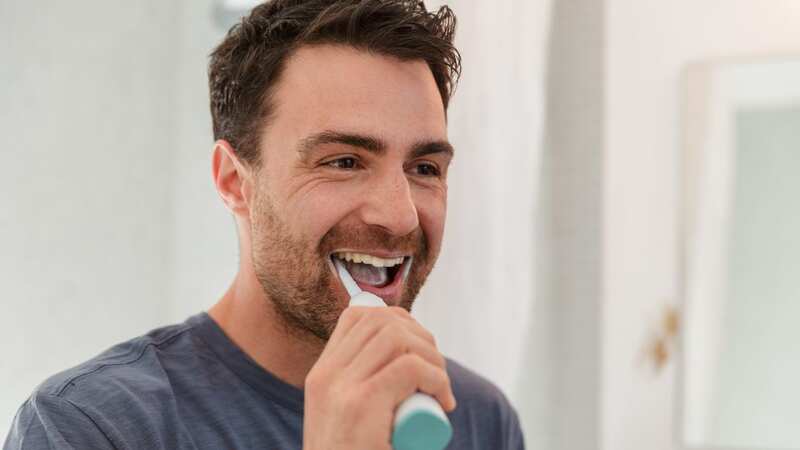Remove 'calcified' gunk on electric toothbrush with 'effective' 35p hack

If your electric toothbrush is looking a little grim, a cheap household staple can bring it back to life.
Ideally, you want the appliance you clean your teeth with to be clean and free from bacteria - otherwise it kind of defeats the point, right? But overtime, a build-up of leftover toothpaste and hard water can create an unsightly residue that can be difficult to remove.
This 'calcified' gunk can be prevented by making sure your toothbrush is properly cleaned and cared for after each use. However, if you're still noticing the limescale-looking residue is starting to stick - it's worth trying this 'effective' hack.
Taking to Reddit, one person posted a photo of their toothbrush, which had a noticeable amount of build-up around where the head can be detached. They said they had tried 'soaking' the brush with sanitising tablets and water but says the residue is 'too hard and won't soften'.
Luckily, a slew of users took to the comments section to share a hack that 'works like a charm'. The solution? Distilled vinegar - which can be picked up from supermarkets like Tesco for as little as 35p.
 Dentist shares crucial ingredient to always look out for when buying toothpaste
Dentist shares crucial ingredient to always look out for when buying toothpaste
"Every time I change the toothbrush head I use the old one to scrub this part," one user wrote. "You can even use toothpaste to clean it. If it's really stuck on there soak it in vinegar or isopropyl alcohol then do as I suggested. You can also use baking soda instead of toothpaste, especially effective after a vinegar soak."
Another agreed, commenting: "Vinegar works. Ours looked worse than this earlier this week, and vinegar with a firm toothbrush worked like a charm." While a third added: "It is calcification. So something like vinegar will get rid of it with the added benefit of the vinegar killing all the germs and disinfecting it without using harmful chemicals too."
Want the latest money-saving news and top deals sent straight to your inbox? Sign up to our
Dental brand Oral-B recommends rinsing your brush head thoroughly under running water after every brush. "Remove the brush head from the handle and clean both parts separately under running water," the company added.
"If necessary, it is OK to use a mild detergent/cleanser and water to clean the outside of the handle. Wipe the head and the brush dry or let air dry before you put the handle on the charger."
Oral-B warns you should never put the toothbrush or toothbrush heads in boiling water or into a dishwasher. They say high temperatures can 'damage' the appliance and 'impair the seal of the handle'.
Read more similar news:
Comments:
comments powered by Disqus

































